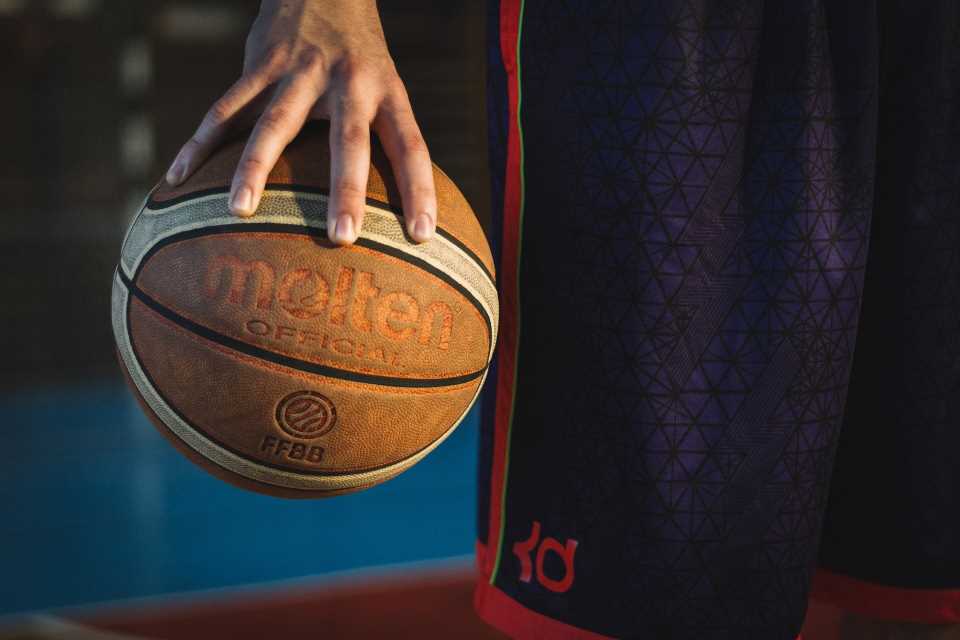
An annual trip to your primary care doctor’s office starts with an assessment of your vital signs: heart rate, blood pressure, respiratory rate, oxygen level and temperature. It will also include recording your height and weight and calculating your BMI (body mass index).
But a new study adds to the existing available research that doctors should also be assessing their patient’s grip strength.
Read on to learn more about this important but lesser-known indicator of your overall health.
What is grip strength?
At the biomechanical level, grip strength is generated by the forearm muscles. It measures how firmly and with how much stability you can grip heavy items. Whether we think about it or not, we rely on our grip strength on a daily basis from carrying in the groceries from the car to opening a jar or lifting a heavy pot off the stove.
Grip strength is also an excellent measure of a person’s overall muscular strength. It is measured with a hand dynamometer—a device which measures the force used to squeeze two handles together.
Researchers found that the cutoffs for grip strength needed by older adults to manage heavy tasks were 18.5kg and 28.5kg for women and men, respectively.
Research links weak grip to disease
A massive multi-country study of approximately 140,000 adults between 35 and 70 years old found those with an 11-pound decline in grip strength had a 17% higher chance of dying from a heart attack or stroke across a 4-year period. This is not an example of causation however, it’s an example of a strong correlation. The correlation is that a stronger grip is found in people with more muscle mass. And those with higher muscle mass as a percentage of their weight usually exercise more and have overall better health.
Grip strength has also been found to correlate to mental health. A study of 27,000 adults over 60 years in India showed a link between low grip strength and depression. Researchers found that there was a statistically significant odds ratio of between low grip strength and depression.
New data on grip strength and your health
The newest study on grip strength, published in November 2022, is unique in what it contributes to the existing body of research.
This study looked at a group of 1,275 adults 51 years and older. They measured their grip strength with a hand-held dynamometer and also assessed their epigenetic age from blood samples.
Scientists found those with a weak grip had an accelerated rate of aging of their DNA within their blood samples. Another way to understand this; those with higher grip strength had a slower rate of aging.
Get working on grip strength today!
Any kind of strength training that involves pushing or pulling dumbbells, barbells or cables will increase your grip strength. As well as body weight training if you prefer to work out at home. Here are some of my favorites:
- Farmer’s Carry (or “Farmer’s Walk”): Grab a pair of dumbbells at the gym or pails with handles at home and with your shoulders down, chest out and with a straight back, walk slowly and carefully down a straight line and back.
- Chin-up holds: Pull-ups and chin-ups are a great way to build grip strength. But for those just venturing to the gym for the first time, it can be quite challenging to launch into pull-ups out of the gate. Instead try chin-up hold. Stand on a box or bench at the top of the chin-up position. Hold yourself at the top for 5-10 seconds. Slowly progress to adding in additional holds at the 90-degree angle and then using a dead-hang, where you arms are nearly straight.
- Finger rolls: Grab a light dumbbell at the gym or similar object at home. Slow roll the dumbbell from the tips of the fingers to hand and squeeze.
- Stress ball: While watching TV or at work, take a stress ball (or tennis ball) and squeeze with the entire hand for 5-10 pulses then squeeze with just the thumb and index finger then squeeze with the thumb and each other finger individually.
(c)2023 USA Today
Distributed by Tribune Content Agency, LLC.
Source: Read Full Article
